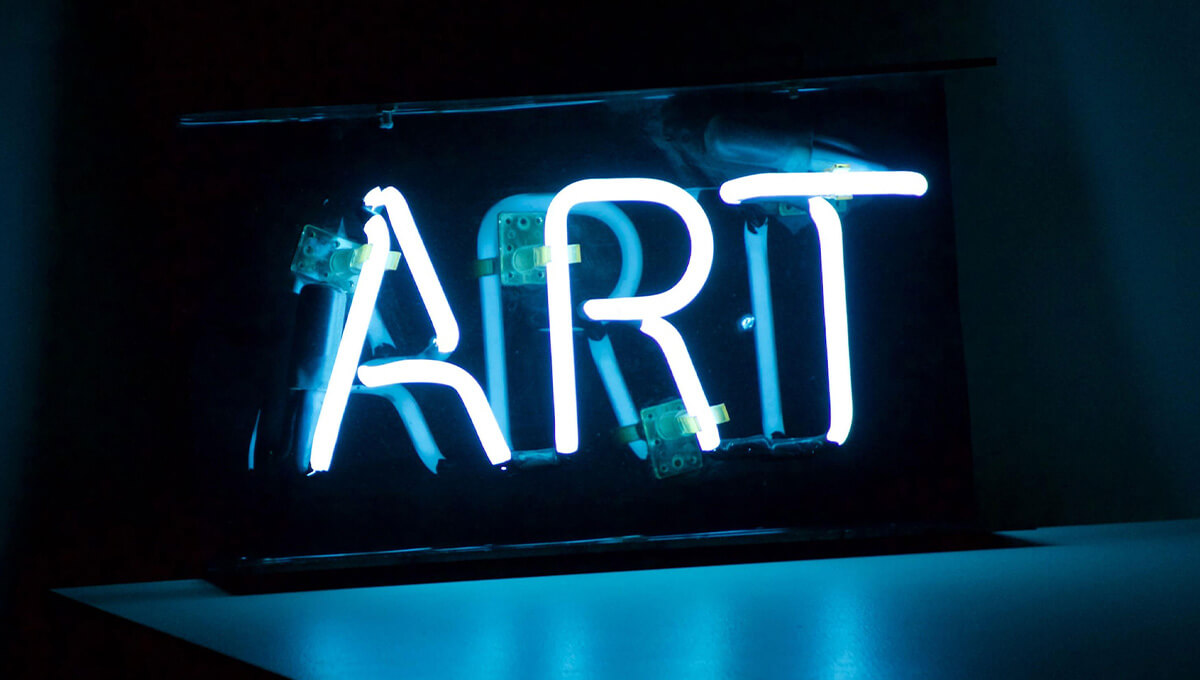Here’s an exploration of how art and technology intersect, highlighting key trends, mediums, and the implications of this relationship.
1. Digital Art
- Creation Tools: Digital art encompasses a wide range of practices, from digital painting and illustration to 3D modeling and animation. Software like Adobe Photoshop, Procreate, and Blender allows artists to create intricate works that can be easily edited and shared.
- Accessibility: Digital art has democratized the creation of art, making it more accessible to a broader audience. Artists can share their work online, reach global audiences, and collaborate with others regardless of geographical barriers.
2. Interactive Art
- Engagement: Interactive art invites viewers to participate in the artwork, often using technology to create immersive experiences. Installations that respond to audience movements or inputs, such as those by artists like Rafael Lozano-Hemmer, encourage active engagement and exploration.
- Virtual Reality (VR) and Augmented Reality (AR): VR and AR technologies allow artists to create immersive environments that transport viewers into new worlds. Projects like "Tilt Brush" enable artists to paint in 3D space, while AR applications can overlay digital art onto the physical world, enhancing the viewer's experience.
3. Generative Art
- Algorithmic Creation: Generative art involves using algorithms and code to create artworks. Artists like Casey Reas and Joshua Davis use programming languages to generate unique visual compositions, blurring the lines between artist and machine.
- Randomness and Control: Generative art often incorporates elements of randomness, allowing for unexpected outcomes. This interplay between control and chance challenges traditional notions of authorship and creativity.
4. Art and Artificial Intelligence (AI)
- AI-Generated Art: Artists are increasingly using AI to create artworks. Tools like DeepArt and DALL-E can generate images based on user inputs, leading to new forms of artistic expression. This raises questions about authorship and the role of the artist in the creative process.
- Collaboration with AI: Some artists collaborate with AI systems to explore new creative possibilities. For example, artist Mario Klingemann uses neural networks to create unique visual pieces, merging human creativity with machine learning.
5. Digital Installations and Multimedia Art
- Projection Mapping: Artists use projection mapping to transform surfaces into dynamic canvases, creating immersive experiences that blend art and technology. This technique has been used in various contexts, from art exhibitions to live performances.
- Sound and Light: Technology has expanded the possibilities for sound and light in art. Artists like Olafur Eliasson create installations that engage multiple senses, using light, sound, and movement to create immersive environments.
6. Social Media and Art
- Platforms for Exposure: Social media platforms like Instagram, TikTok, and Pinterest have become essential tools for artists to showcase their work, connect with audiences, and build communities. These platforms allow for instant feedback and interaction, fostering a sense of connection between artists and viewers.
- Viral Art Trends: The rapid sharing of art on social media has led to the emergence of viral art trends, where specific styles or challenges gain popularity. This phenomenon can influence artistic practices and trends in real-time.
7. Art Market and Technology
- NFTs (Non-Fungible Tokens): The rise of blockchain technology has introduced NFTs, allowing artists to sell digital art as unique, verifiable assets. This has opened new revenue streams for artists and transformed the art market, though it also raises questions about ownership and environmental impact.
- Online Galleries and Auctions: Technology has enabled the growth of online galleries and auction platforms, making art more accessible to collectors and enthusiasts. Virtual exhibitions allow viewers to experience art from anywhere in the world.
8. Challenges and Considerations
- Preservation and Longevity: As art increasingly relies on technology, questions arise about the preservation and longevity of digital works. Ensuring that digital art remains accessible and intact over time presents unique challenges.
- Ethical Implications: The use of AI and algorithms in art raises ethical questions about authorship, originality, and the role of the artist. As technology continues to evolve, ongoing discussions about these issues will be essential.
Conclusion
The intersection of art and technology is a dynamic and evolving landscape that offers exciting opportunities for creativity and expression. As artists continue to explore new tools and mediums, they challenge traditional notions of art and engage audiences in innovative ways. This relationship not only enriches the art world but also prompts important conversations about the future of creativity, authorship, and the role of technology.




